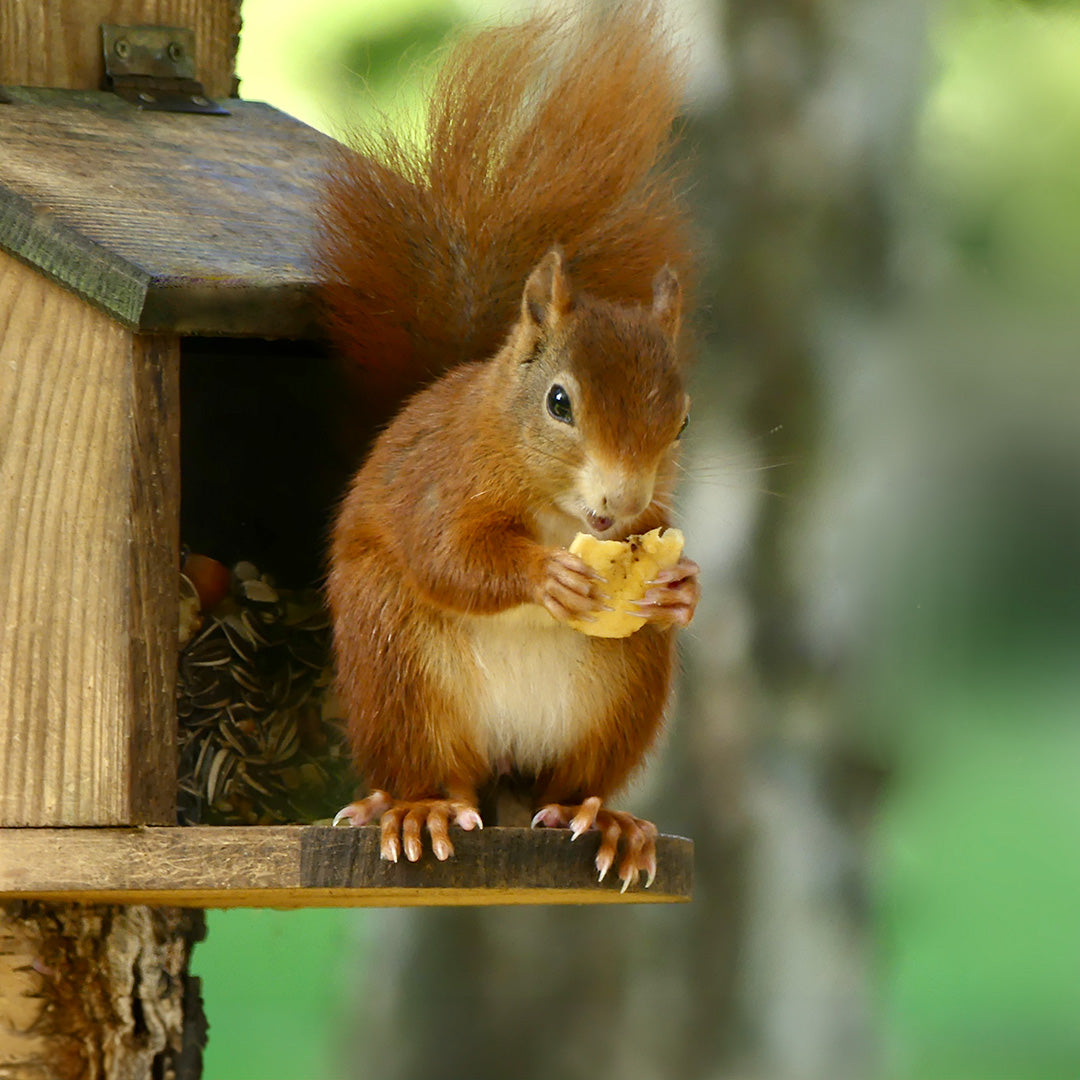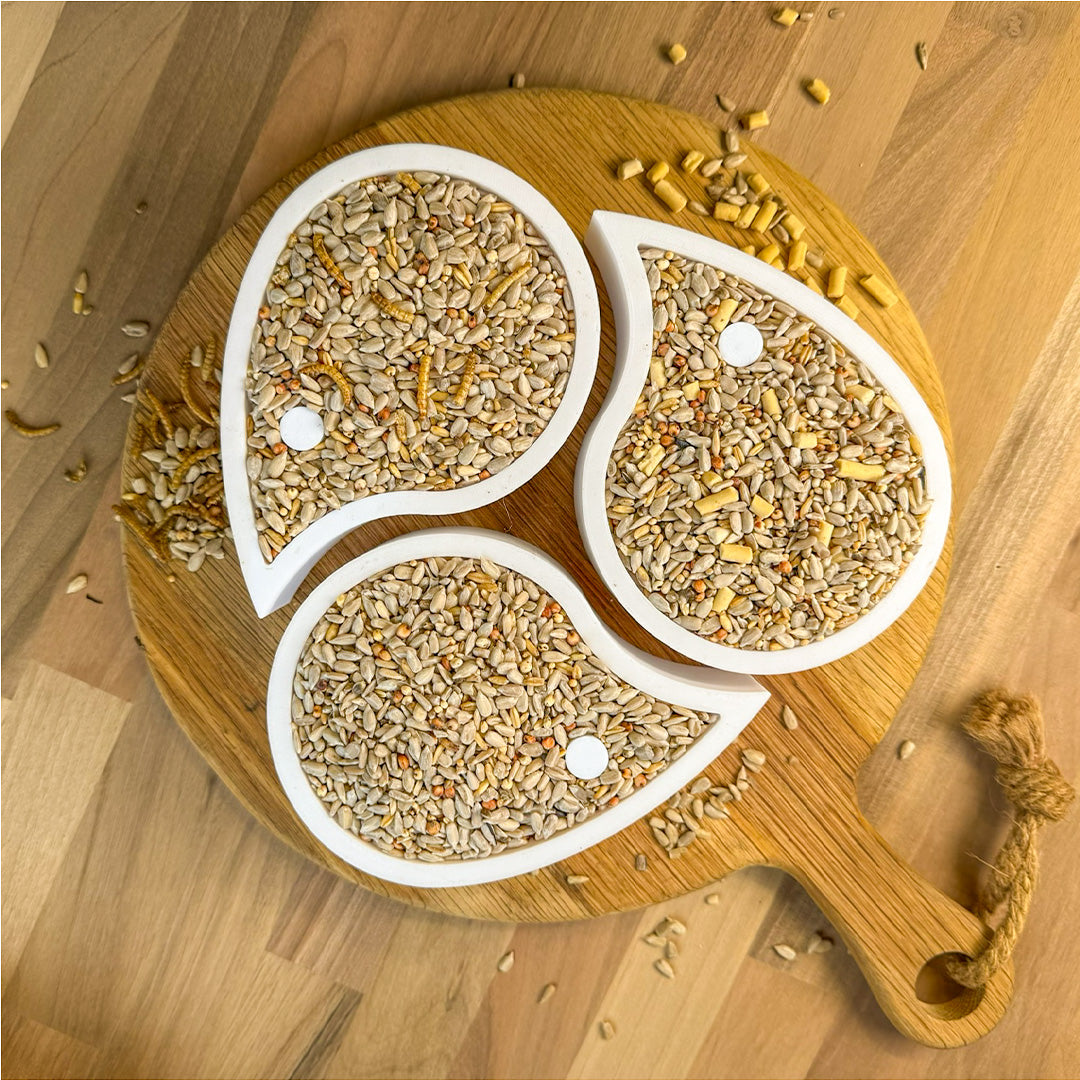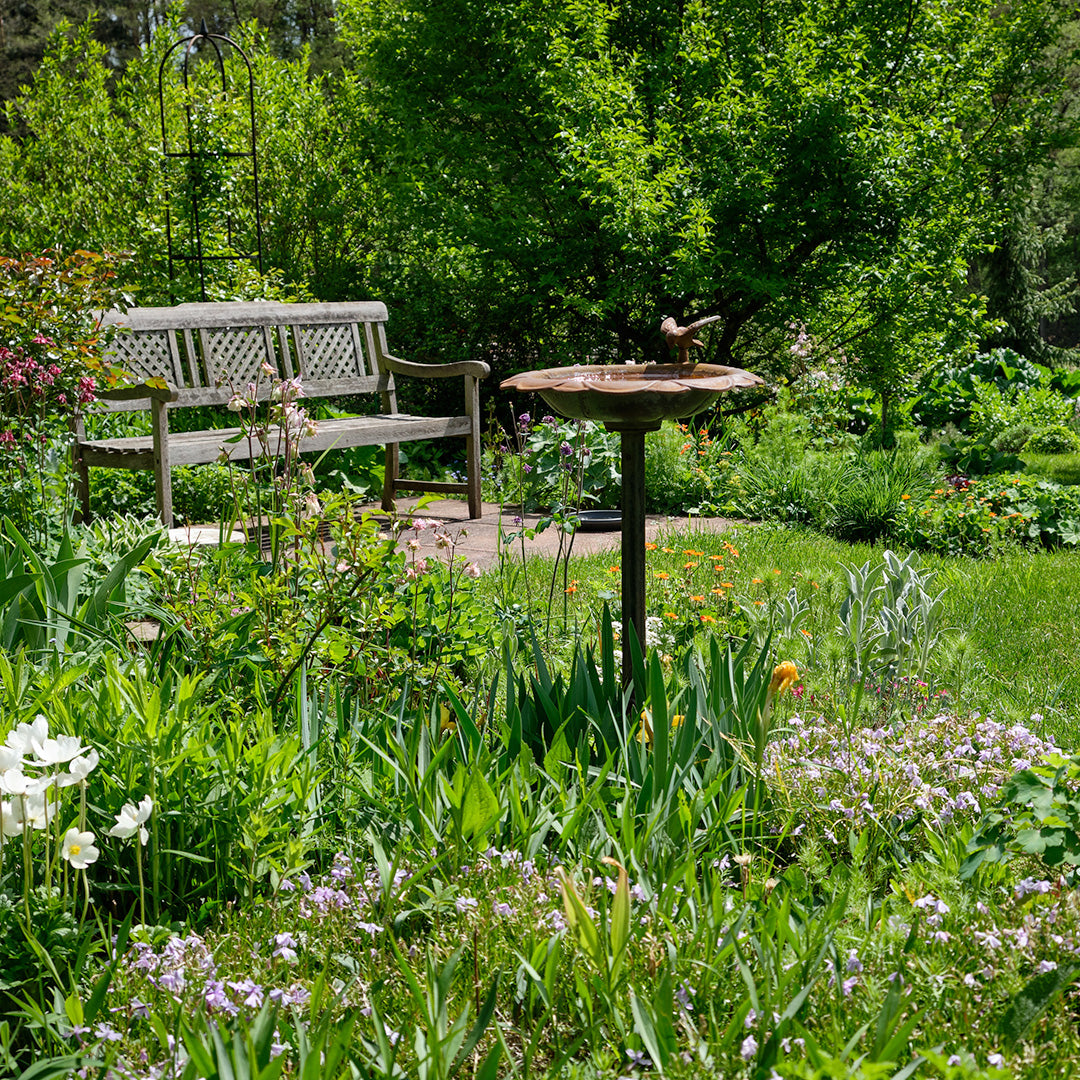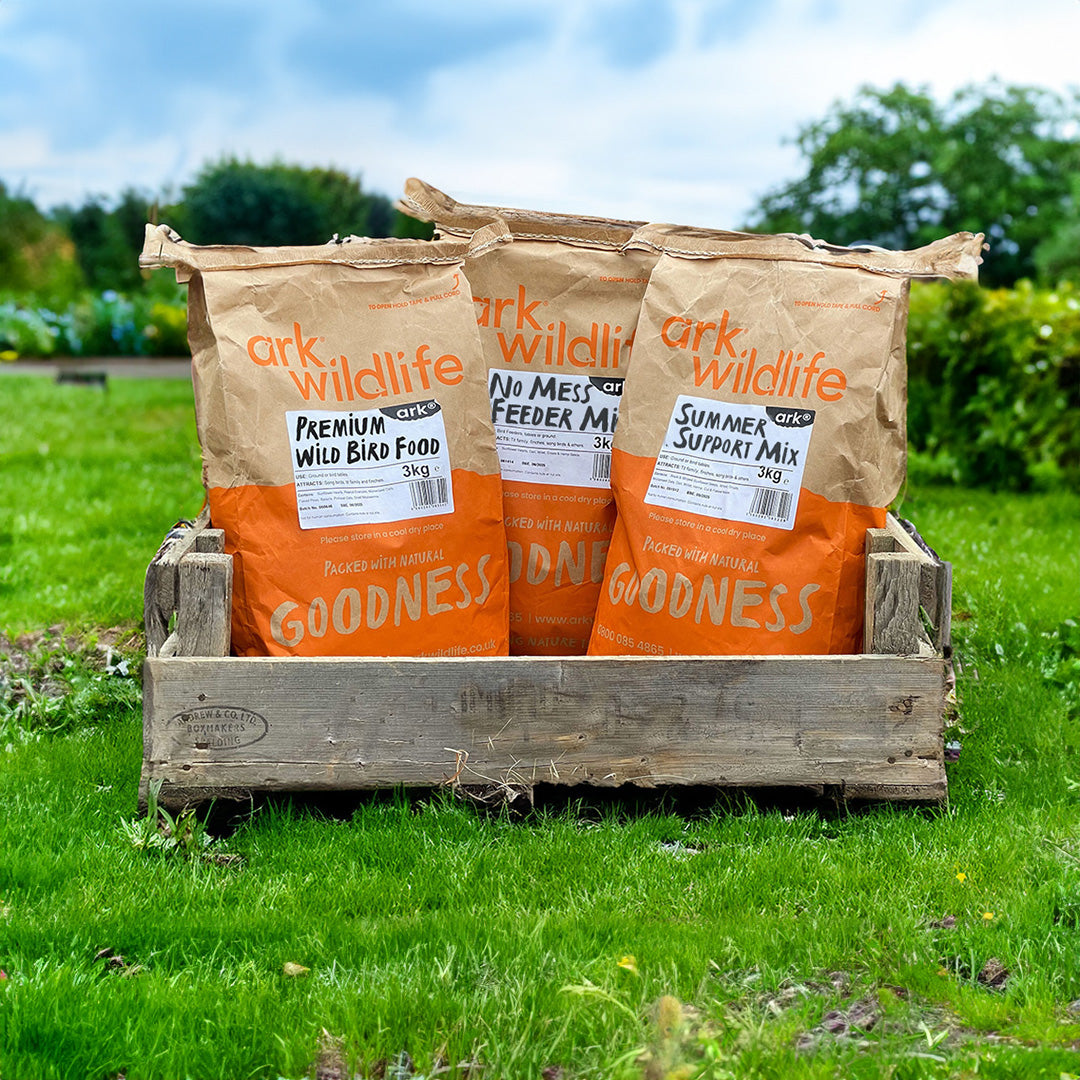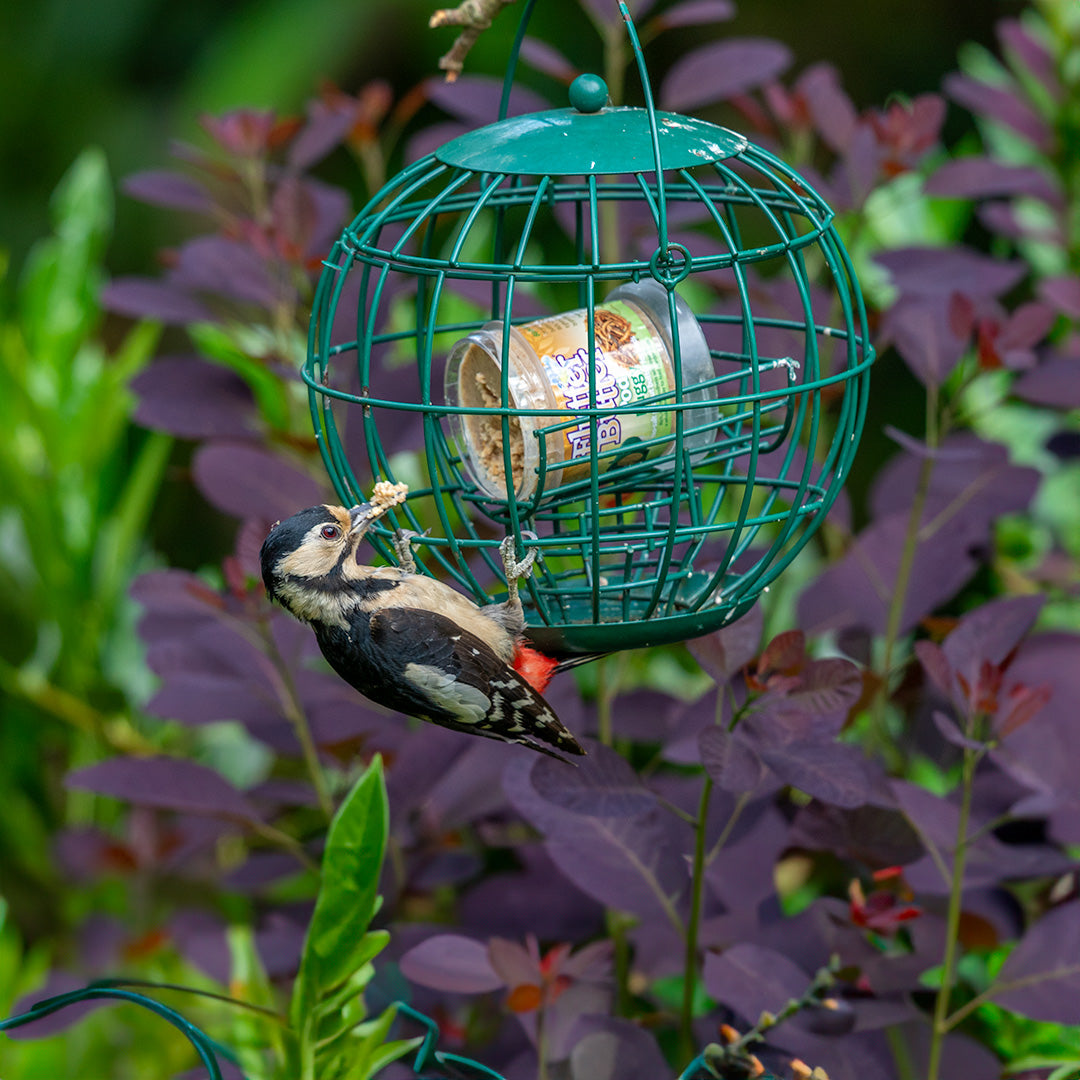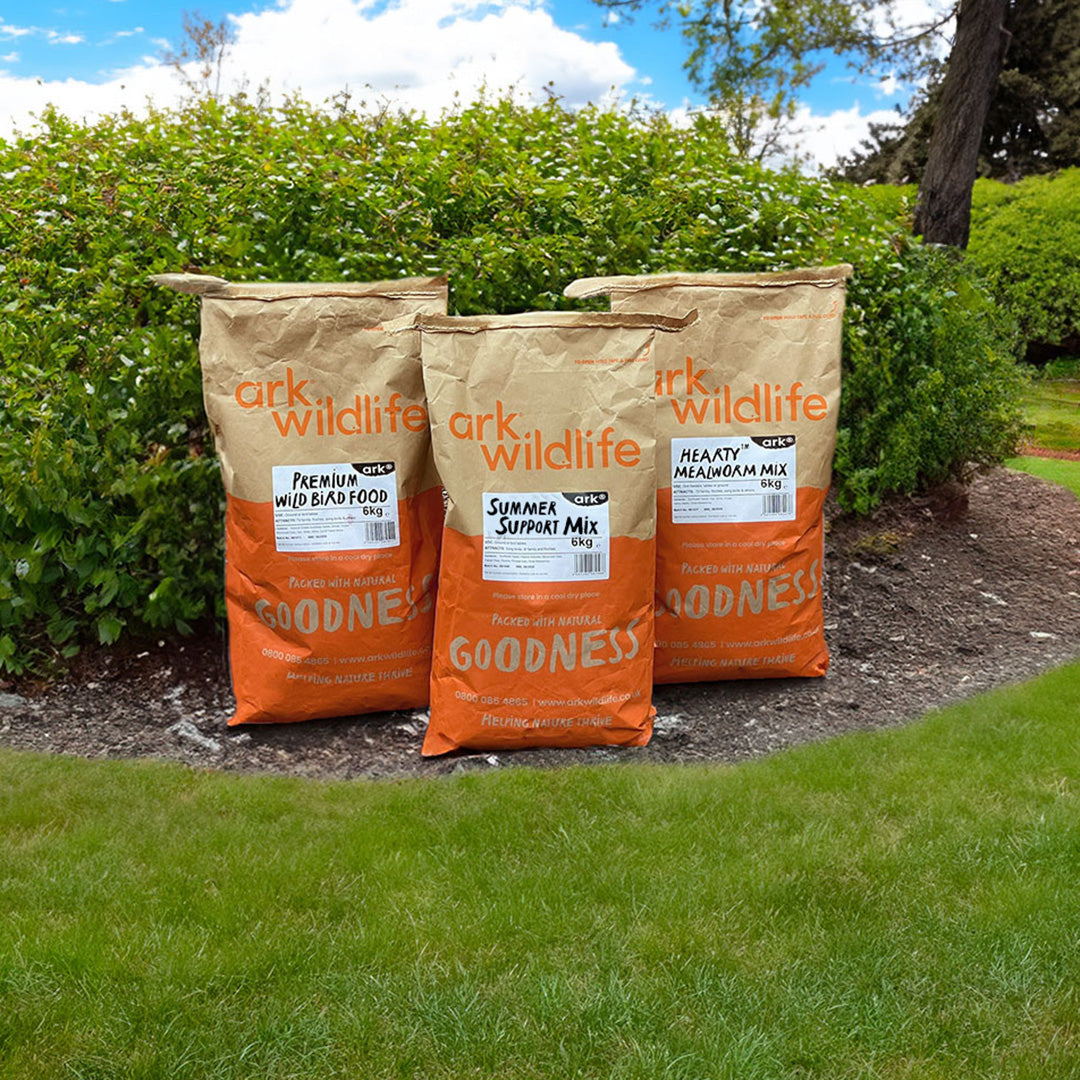We all love seeing butterflies drift through the garden – delicate, colourful and full of summer charm. But behind the beauty lies a far more intriguing world. From fermented fruit to fierce fights, and dung-fuelled mating rituals, butterflies live fast, fly hard, and play dirty. In this blog, we lift the lid on what really goes on behind those painted wings – and it’s not all sweetness and nectar.
What Butterflies Really Get Up To
There’s nothing more delightful than watching butterflies fluttering around a garden on a warm summer afternoon. These iconic insects – from red admirals to cabbage whites and even flashes of blue – are a familiar sight in UK gardens. But beneath their delicate appearance lies a surprising and sometimes scandalous world of butterfly behaviour. Let’s take a closer look at what really goes on behind those painted wings.
Butterflies: Beautiful, Familiar, and Largely Misunderstood
Obvious and spectacularly colourful, everyone recognises a butterfly. Maybe not by name, but red, orange, white and yellow ones are all common in the garden, and on good days even blue ones may appear. They are visually appealing, totally harmless, and universally accepted – possibly because most of us know so little about their true nature.
Insects of the Lepidoptera order, butterflies are among the most plentiful on Earth. There are around 18,000 known species worldwide (ten times that if you include moths), with about 60 found in the UK. Of those, over 20 can be spotted in a typical garden.
They live short adult lives, usually only a few weeks, but go through a complete transformation in that time, from egg to caterpillar, then chrysalis to adult. But that’s the classroom version. The reality is far more curious.

It’s All About Sex
The adult butterfly exists for one reason only: to breed.
That dainty fluttering you see across your flowerbeds. It’s not innocent. Many male butterflies are fiercely territorial, spiralling skyward in pursuit of any rival or trespasser. Species like the Comma, Peacock, and Speckled Wood are known to engage in aerial disputes over feeding grounds and prime mating territory. And they’re no pushovers: butterflies may look fragile, but many are powerful fliers. Some, like the Painted Lady, migrate thousands of miles and have been reported as flying over 15,000 feet high.
I once watched a chaffinch try to snatch a Comma butterfly out of the air for a quick snack. Over and over the bird struck, but at every turn the butterfly was quicker. Don’t be fooled, broad, colourful wings don’t mean slow.
Butterflies Don’t Eat – They Sip
All this flying and fighting takes energy. But butterflies don’t have mouths. Instead, they use a proboscis – a long, coiled straw – to suck up sugary liquids like nectar. That’s why you’ll often find them hanging around your flowerbeds, especially near plants like buddleia, verbena, marjoram, or scabious.
And yes, they’ll happily drink specially-formulated butterfly food too.

But nectar takes time to convert into usable energy. That’s why butterflies are also drawn to pre-fermented sugars – like rotting fruit. These are fast-release sugars already broken down, giving butterflies a quicker energy boost. It’s not uncommon to find a gang of red admirals squabbling over a half-rotted plum on a patio, nature’s version of a summer beer garden.
Mud, Dung, and Romantic Gestures
When they’re not fighting or feeding, male butterflies head off to mud-puddle, a ritual designed to impress potential mates. This involves absorbing salts and minerals from damp soil, helping produce high-quality sperm and energy-rich spermatophores – nuptial gifts they pass to females during mating.
In dry summers, wet soil is hard to come by. Luckily for them, moist dung (horse, cow, or even dog) makes an excellent substitute. So yes, that butterfly you see on a cowpat might not be lost, it’s preparing a rather pungent proposal.
(Sort of) fun fact: some butterflies have even been seen sipping from bird droppings and even carrion (dead animals) for the same reason.
Love, Loss, and a Life Less Lived
Back at the flower border, it’s a flurry of movement. Males, drunk on fermented fruit, fighting over passing females and offering up dubious gifts. Studies even suggest that less successful males (those rejected by females) are more likely to seek out alcoholic sugar sources. A form of butterfly heartbreak, perhaps.
Next time you smile at the delightful butterflies drifting through your garden, remember – behind the beauty lies a tale of brawls, booze, and biologically-driven debauchery.

Butterfly Frequently Asked Questions
What do butterflies eat in the garden?
Butterflies feed on sugary liquids. Nectar from flowers is their main energy source, but they’re also attracted to overripe fruit and specially made butterfly food. They can’t chew or bite, they have no mouth, everything is sipped through a straw-like proboscis.
Do butterflies really get drunk?
Yes, in a way. Fermenting fruit produces alcohol, and butterflies – especially males – are drawn to it. Their reactions can become erratic, and researchers suggest it may affect their mating chances or behaviour.
What is mud-puddling in butterflies?
Mud-puddling is when butterflies gather at moist ground or dung to drink mineral-rich fluids. Males need the salts and amino acids they absorb to produce nutritious mating gifts for females.
How long do butterflies live?
Most adult butterflies live only 2–4 weeks, although species that hibernate, like the Small Tortoiseshell, can live for several months. Migratory species may live longer depending on conditions.
Do butterflies fight?
Yes, many males are territorial and will chase off rivals. These mid-air battles are common in species like the Speckled Wood, Comma, and Peacock. It’s all about winning feeding spots and attracting females.
How can I attract butterflies to my garden?
Grow nectar-rich plants, leave some wild areas, and avoid chemical pesticides. Rotting fruit, butterfly feeders, and even damp soil patches can help support feeding and breeding behaviour. Read our blog here.
Are butterflies good for gardens?
Definitely. They help pollinate flowers and are excellent indicators of a healthy ecosystem. Their presence suggests low pesticide use, diverse planting, and good environmental practices.



